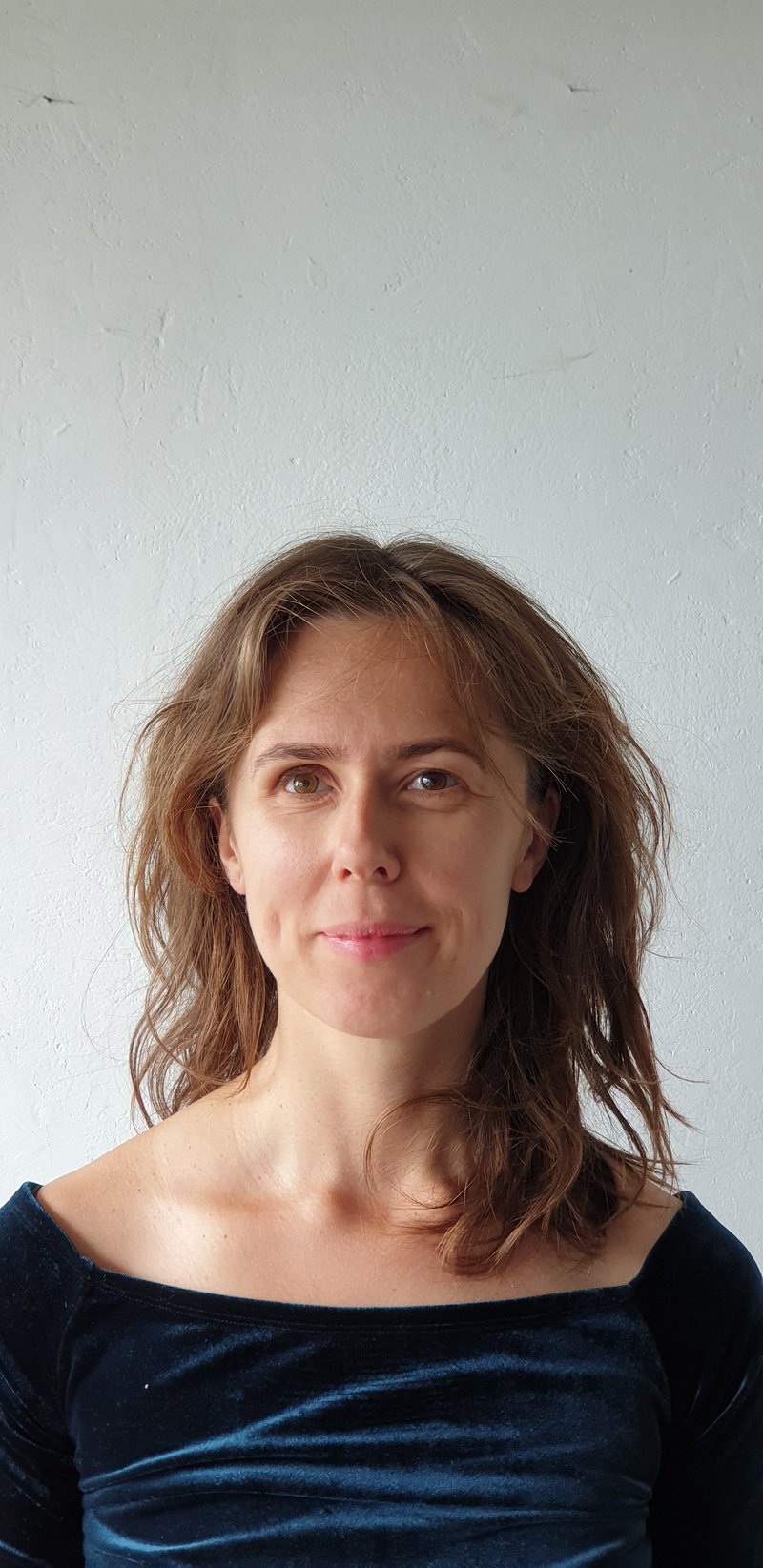Aleksandra Jach

A total of 24 modern and contemporary art museum professionals residing in 19 different cities have been awarded support to attend the CIMAM 2019 Annual Conference The 21st Century Art Museum: Is Context Everything? that will be held in Sydney, Australia 15–17 November 2019 hosted jointly by the Museum of Contemporary Art Australia.
Launched in 2005, CIMAM’s Travel Grant Program is designed to foster cooperation and cultural exchange between contemporary art curators and museums directors in emerging and developing economies and their counterparts in other regions of the world.
Aleksandra Jach's Conference Report
It was a pleasure to attend the CIMAM 2019 Annual Conference The 21st Century Art Museum: Is Context Everything? and listen to all the wonderful speakers. A lot of inspiration and good practices to follow.
What I definitely will take further with me for my reflection on the institutions are a few notions that were tackled during the last day at the conference.
The presentations of Sally Tallant, Anne Loxley, Tony Albert, Lara Strongman shared the common recognition of the biggest challenges for the institution which is how to better understand the community and shape the institutions which are resilient and ecological. As speakers in the last day pointed out, the entry point can be a time of emergency (Lara Strongman), but also as an everyday practice (Sally Tallant). It’s also important to rethink and tailor internal institution structures to facilitate the process of “learning from outside” by making more visible public program methodologies and outcomes (Tony Albert). Lara proposed solutions drawn from her own experience of rethinking institutions from the point of zero when after the destruction of the town Canberra, breaking down hierarchies, learning again from the communities was a must. Sally’s comment on agile management inside the institution when you should constantly discuss with the team how and why you want to engage with the projects, helped to understand how it could work practically. If somebody from the team proposed a long-term work with a community the result should be discussed in this very precise context having in mind that it can be an exhibition (but might not as well). And here is the big role of the institutions to find ways of distributing the knowledge on these less spectacular community projects which are, as I have an impression of the conference, stands in the core of many museums now.
At the same time, it’s important to acknowledge various potentials of both sides – artists and museums. They don’t have to be blurred and mixed. The artists and educators should work for the communities focusing more on fieldwork and institutions should use their agency to make platforms to continue the discussion further. Relations above objects - this is something that is now the most meaningful for the museums. Bart de Baere emphasized the same thing, but he put it slightly different saying that the institution is a collective and it cannot survive without alliances with different groups.